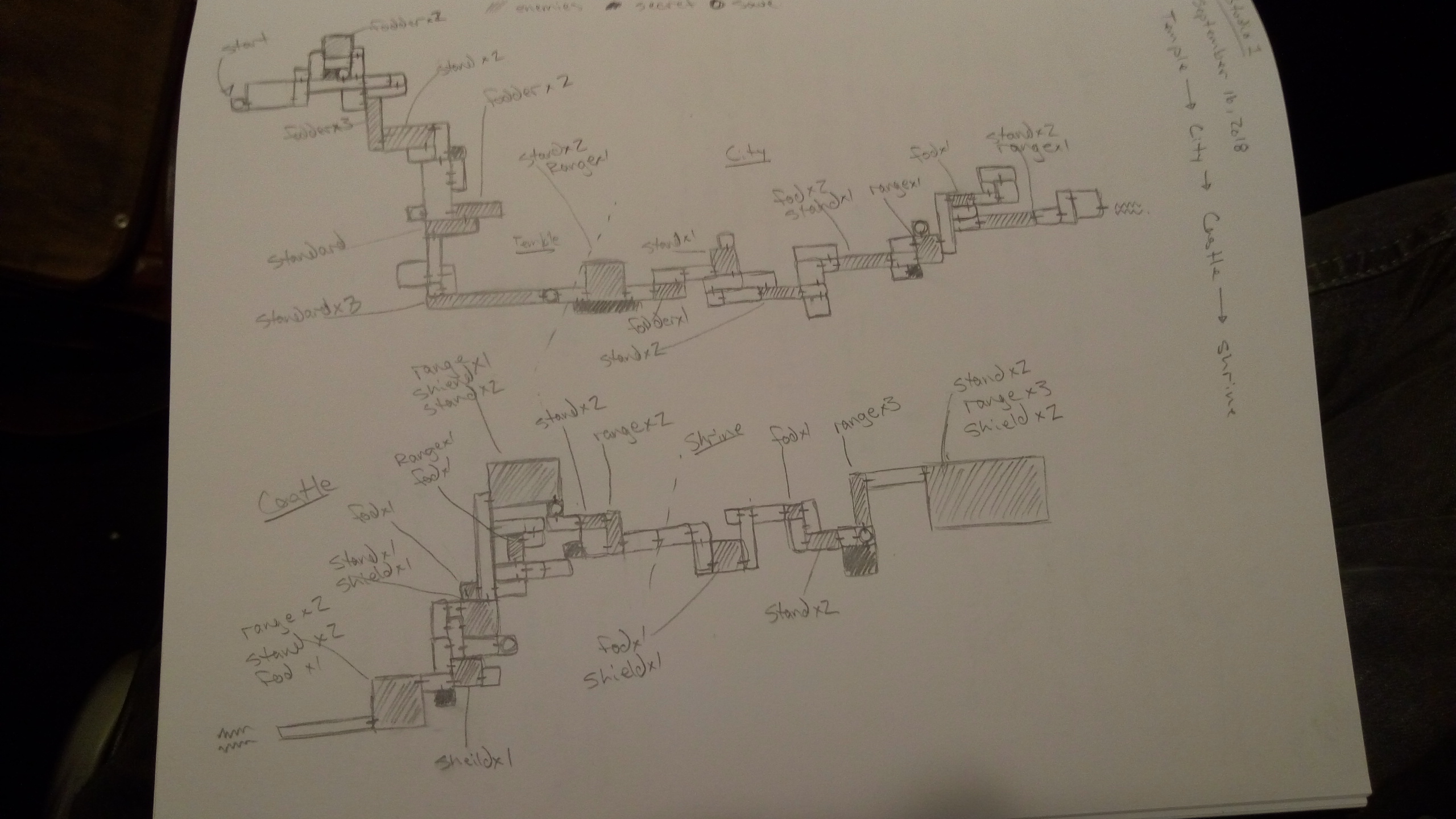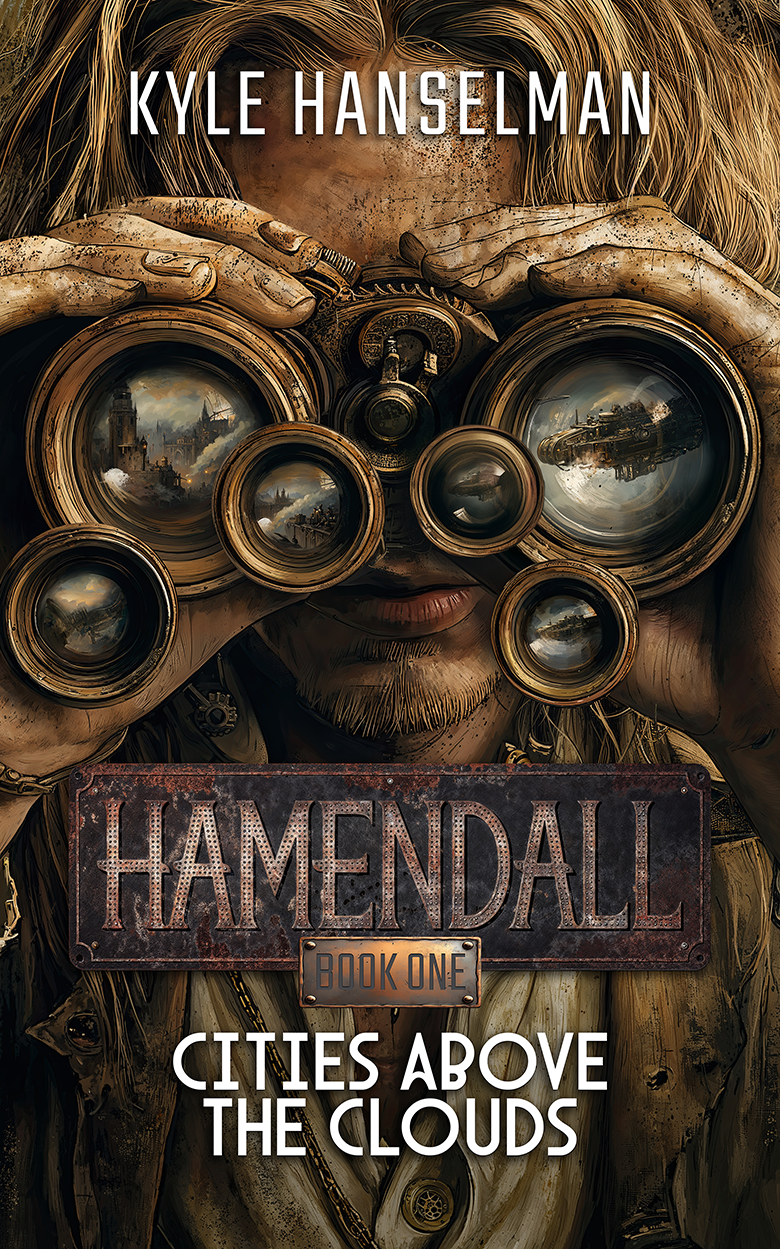KYLE HANSELMAN
Video Game Level Designer
Big News! Hamendall Book One: Cities Above The Clouds Has Released!
Follow Mikayel Goenvelt as he finds himself thrust into a political mess far larger than himself. Join him through action and adventure as he tries to prove his innocence and discovers the connections of Skyworld run deeper than he ever imagined in this steampunk inspired post apocalypse novel!
CREDITS
Systems Designer, Animator, VSFX Artist
Team Lead, Level Designer, Environment Artist, Sound Designer
Narrative Designer
Voice Actor, Editor
Jules McNamara
Texture Artist
Composer
Clicking on names will bring you to the websites, Linkin pages, or Arstations of that person
SWORD OF THE DEAD CITY
FULL PLAYTHROUGH
Sword of the Dead City was my second attempt at a full game in Unreal Engine 4. I wanted to go for something very different than I worked in the past (that being horror-heavy FPS games), and created an action-heavy platformer.
Above is a full playthrough of the game. In this project I created the level layouts, meshes, some of the materials, and created lots of design documentation.
FINAL SCREENSHOTS
Above are screenshots from the final version of the game.
PROCESS - GAME DESIGN DOCUMENT
For this project, I wanted to try my hand at creating a GDD. I'm a bit of a neat freak, so creating a clean layout and format conventions was satisfying. Of course, writing everything down and making the design was fun and became very useful for other team members to understand the project.
PROCESS - SKETCH
I always like to start my designs with an on-paper sketch. Here, I planned out four levels for the experience. Unfortunately, we only manage to make the first two due to an unexpected absence from the team. While the game is mainly linear - I knew I wouldn't have time for a true Metroidvania - I included side rooms and secrets to reward exploration.

PROCESS - GREYBOX
Once we had the gameplay basics in place, like room transitions and player locomotion, I began the level blockouts. Unfortunately, as mentioned above, much of this was cut, but it was beneficial for fleshing out gameplay.
At first, the greybox was built precisely to the sketch, but as the team changed and we started to test gameplay, the layout had to be adjusted. In some cases, this meant removing additional routes and secrets, and in some cases, it meant changing how rooms were laid out to ensure they were fun and easy to navigate.
PROCESS - SET DRESSING
Art was ready to move forward after the greybox was adjusted to feedback and trimmed down to meet the project constraints. We used a modular system for the level architecture and used clean, PS1-inspired textures.
We continued to make changes to the level as the gameplay evolved, and we found issues that arose due to art implementation, like the way forward is hard to see, the character getting stuck on the props, or the AI moving through walls.
ASSET LIBRARY
For this project, I created quite a few kits to ensure each location felt unique. A player would be able to tell if they were in the Temple, Caves, or City from a glance.
CONCLUSION
Thanks to a turbulent development cycle, Sword of the Dead City taught me a lot about keeping on my toes and adapting my plans to the circumstances. Before this project, I also rarely changed a level significantly between the different steps of creation after a sketch; working with an engineer who had consistently great gameplay ideas and often positively overhauled the gameplay, I had to frequently adapt the level and change how I thought of the game.

























